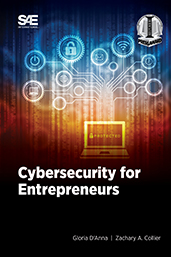Program - 2023 Government Industry Meeting
2024-05-02
Annual conference government policy, regulatory makers, automotive industry neutral forum discuss US government regulation, technology, customer acceptance future vehicle design. industry event safety, emission control, fuel efficiency, automated vehicles.

